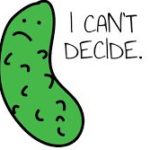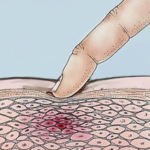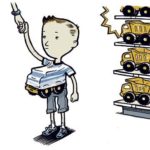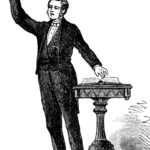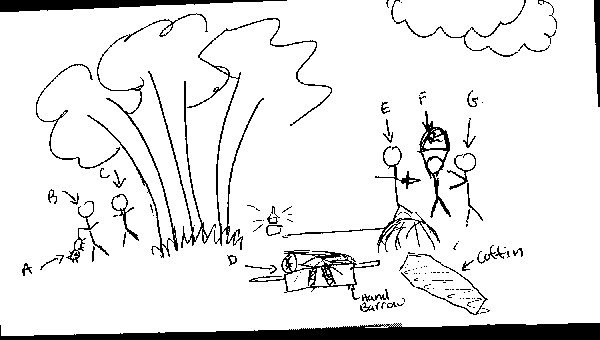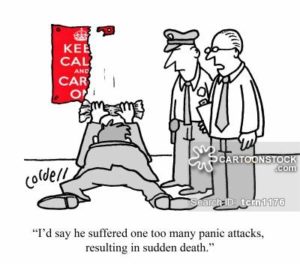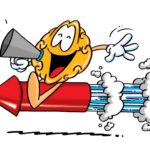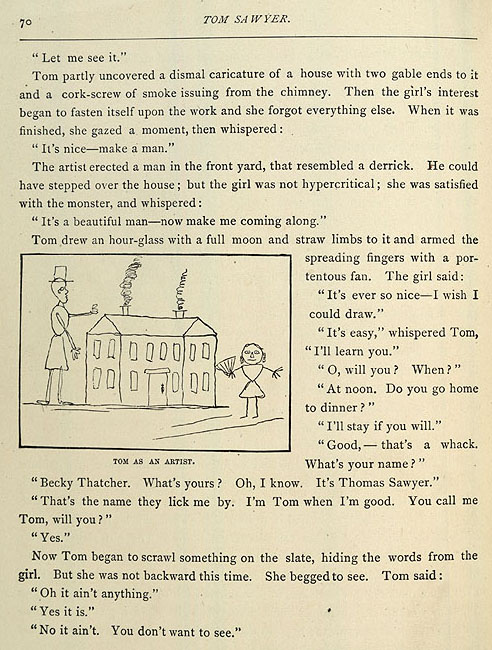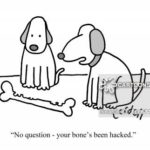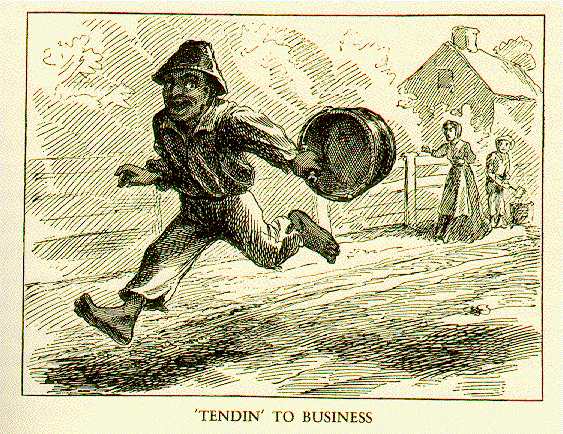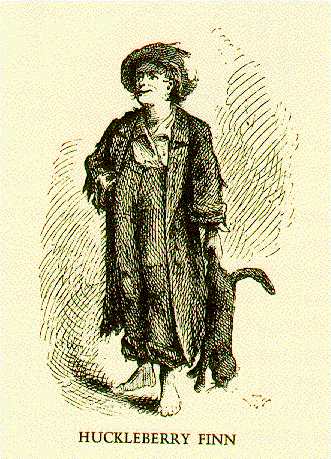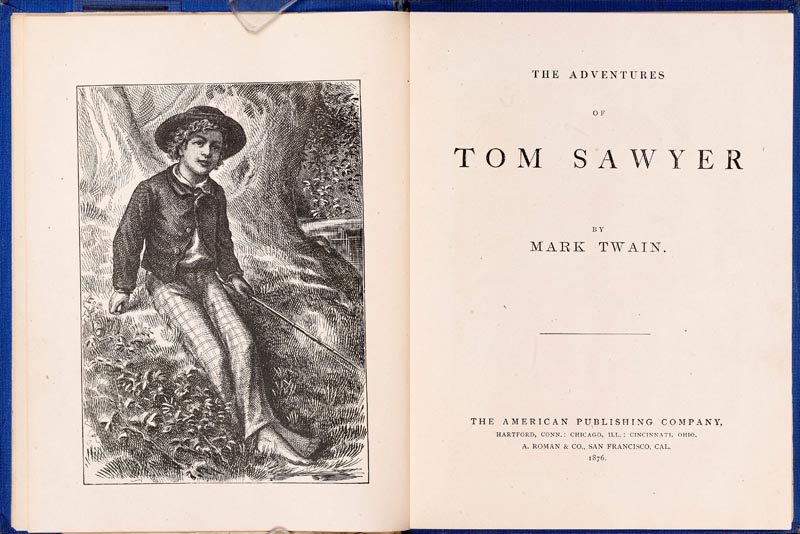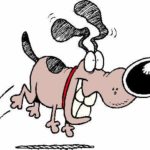Tomorrow’s Test: Grammar Rerun from last week, Husker Du for your class, Vocab, Tom Sawyer.
“Grammar, 5/11.” One last practice, eh!
- The main one in a sentence is also known as the predicate.
- A word that shows the relationship between two words in the sentence.
- Answers the questions how, where, or when.
- Answers the questions which one, what kind, how many.
- A connecting word that joins words, phrases, or clauses.
- A substitute for a noun.
- A word of surprise or strong emotion.
- Often ends in -ly.
- Has a past, present, and future.
- Describes adjectives and adverbs.
- Never stands alone.
- Describes nouns.
- _____
- _____
- _____
- _____
- The NFL head coach’s position is rather ______. If the team doesn’t do well this season, he might lose his job.
- The class discussion was not very lively; the students were rather _______ about the topic.
- The boys _____(ed) matter inwardly, thinking about all the possibilities.
- doctor : prescribe :: law : ______
- Huck’s lifestyle seemed very _______ to the other boys of St. Petersburg.
- By definition, a ghost would not be ______.
- proscribed : allowed :: apathetic : ______
- The stirring event was well ______(ed)” by the townspeople the next day.
- (2) A true sports fan is NOT _____ or ______.
- BONUS: There is a fine line between being patronizing and being _______.
Book Pitch Redos!
Tom Sawyer!

